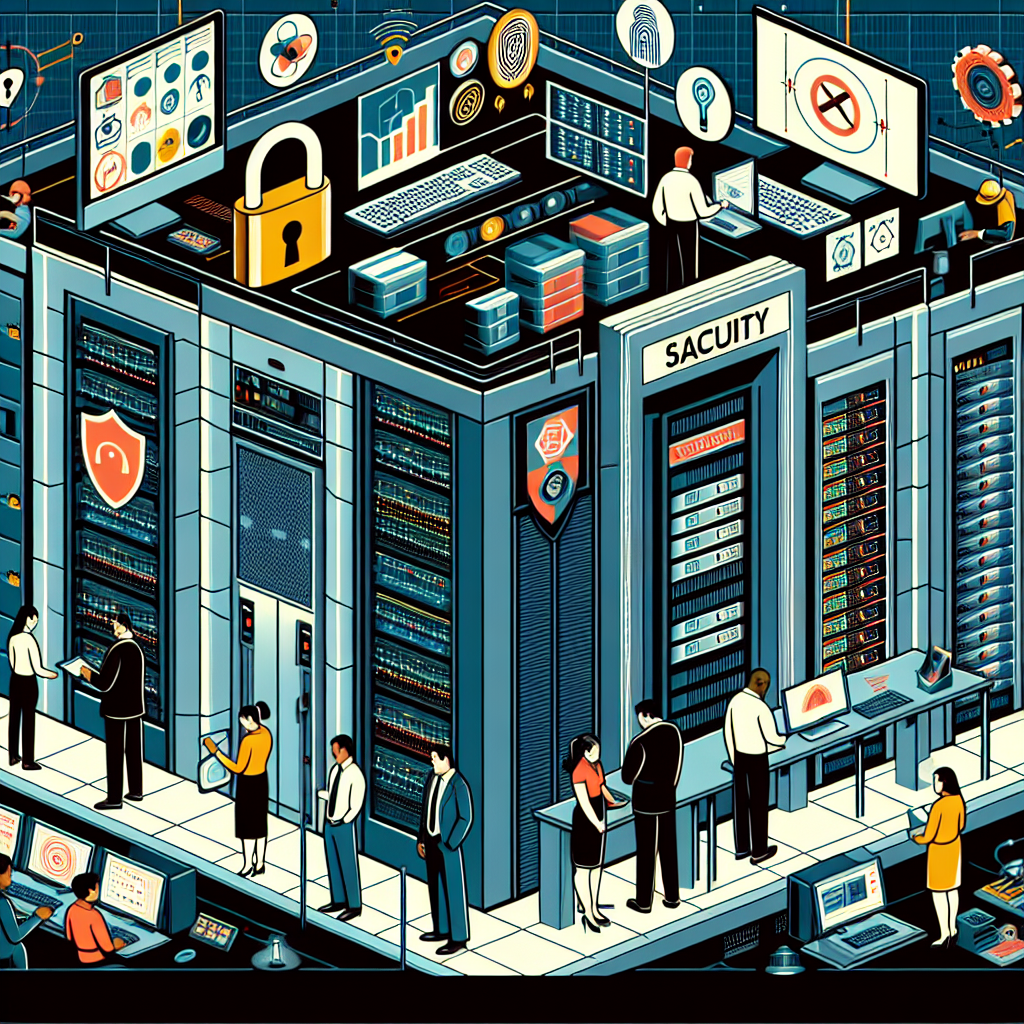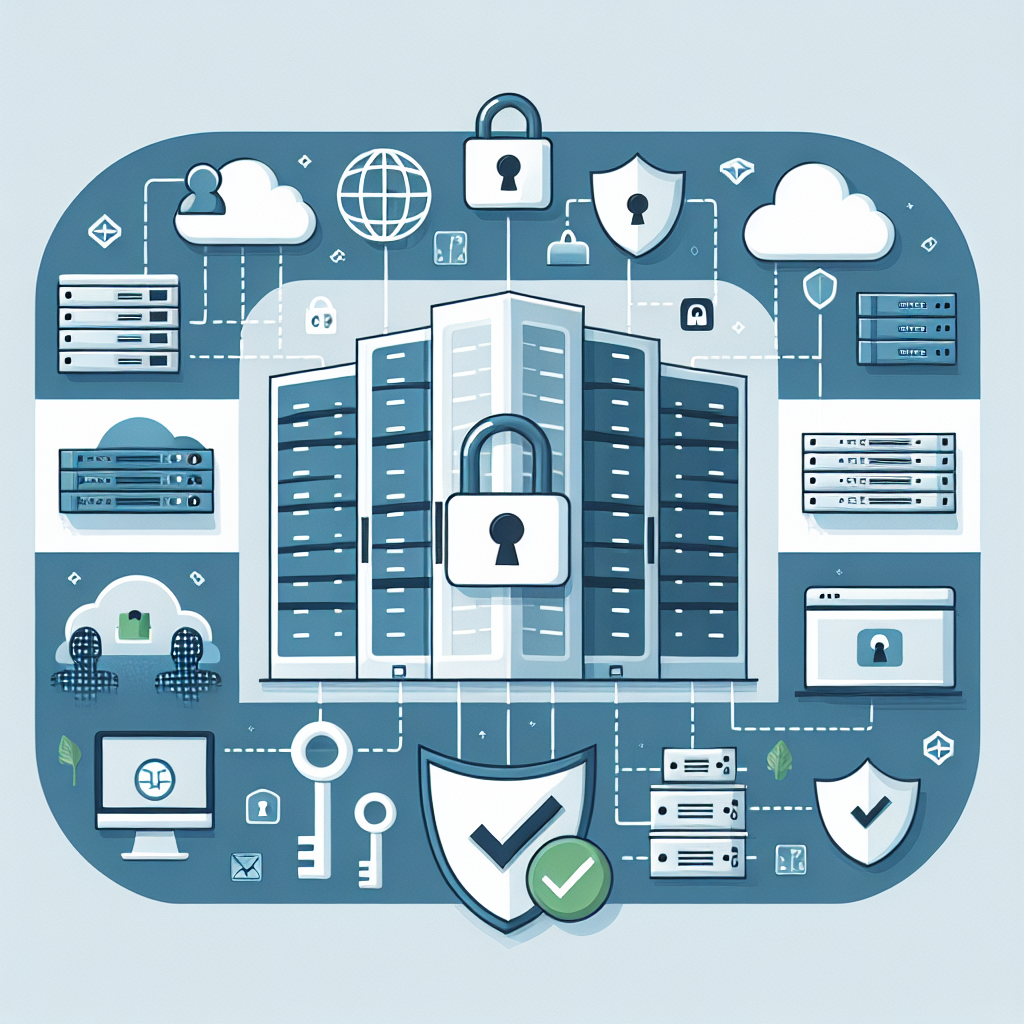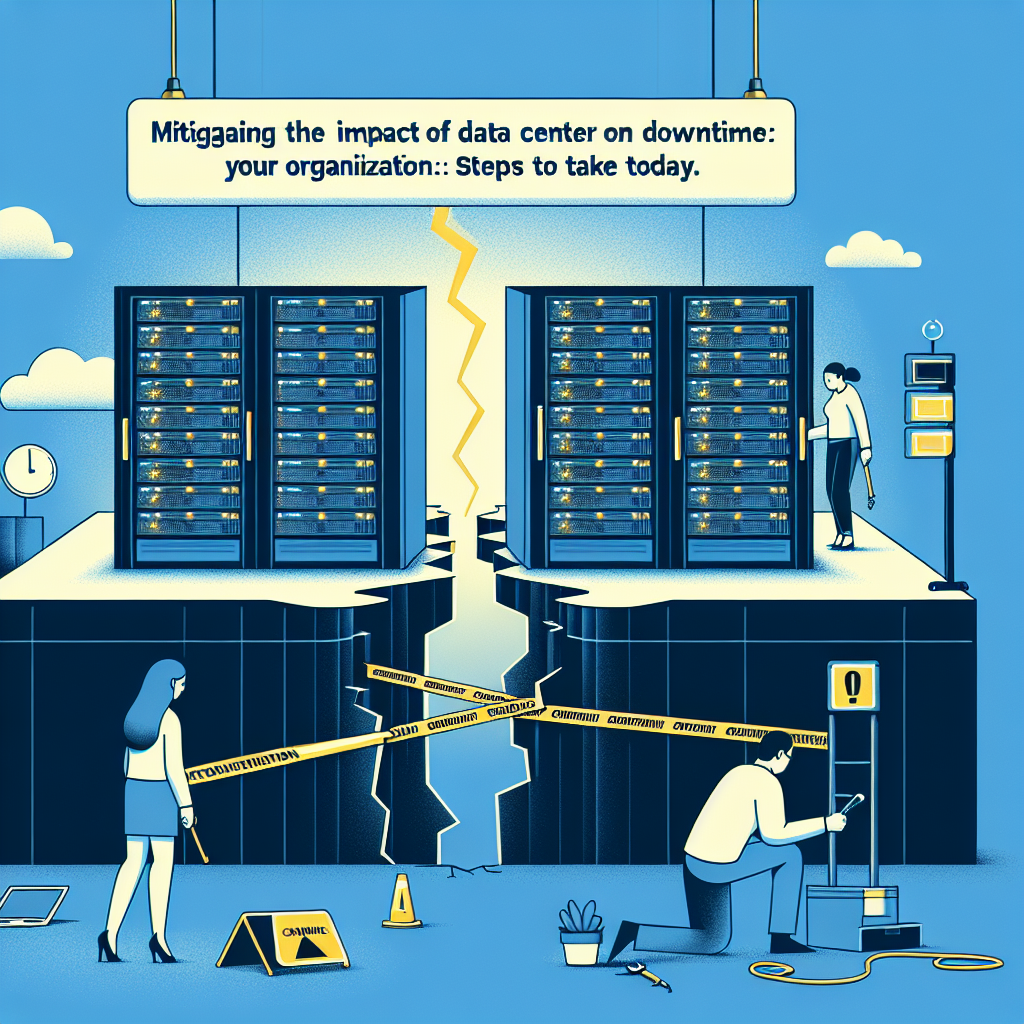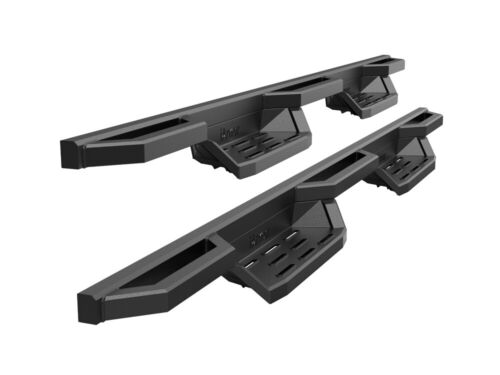Data centers play a crucial role in the functioning of businesses and organizations by storing and managing vast amounts of critical data. With the increasing reliance on technology and the internet, data centers have become prime targets for cyber attacks and physical threats. Therefore, implementing robust safety measures is essential to ensure the security and integrity of data center facilities.
Here are some essential steps that data center operators should take to ensure facility security:
1. Access Control: Limiting access to the data center is one of the most fundamental security measures that should be implemented. Only authorized personnel should be allowed to enter the facility, and access should be granted based on role-based permissions. Biometric authentication, key cards, and PIN codes are some common methods used for access control.
2. Surveillance Systems: Installing surveillance cameras throughout the data center facility can help in monitoring and recording activities in real-time. Video footage can be used as evidence in case of security breaches or unauthorized access.
3. Fire Detection and Suppression Systems: Data centers house a large number of electrical and electronic equipment that can pose a fire hazard. Installing fire detection and suppression systems, such as smoke detectors, fire alarms, and sprinkler systems, can help in quickly detecting and extinguishing fires to prevent damage to equipment and data.
4. Environmental Monitoring: Data centers require a controlled environment to operate efficiently. Monitoring systems for temperature, humidity, and airflow can help in detecting anomalies and preventing equipment failures due to environmental factors.
5. Redundant Power Supply: Power outages can disrupt data center operations and lead to data loss. Implementing a redundant power supply system, such as uninterruptible power supply (UPS) units and backup generators, can ensure continuous power supply to critical equipment in case of a power failure.
6. Data Encryption: Encrypting data stored in the data center can protect it from unauthorized access and data breaches. Implementing encryption protocols and using secure communication channels can help in safeguarding sensitive information.
7. Regular Security Audits: Conducting regular security audits and assessments can help in identifying vulnerabilities and weaknesses in the data center facility. Implementing remediation measures based on audit findings can help in strengthening security defenses and preventing potential security threats.
In conclusion, ensuring the security of data center facilities is crucial for protecting critical data and maintaining business continuity. By implementing robust safety measures, such as access control, surveillance systems, fire detection and suppression systems, environmental monitoring, redundant power supply, data encryption, and regular security audits, data center operators can mitigate security risks and safeguard their facilities against potential threats.













